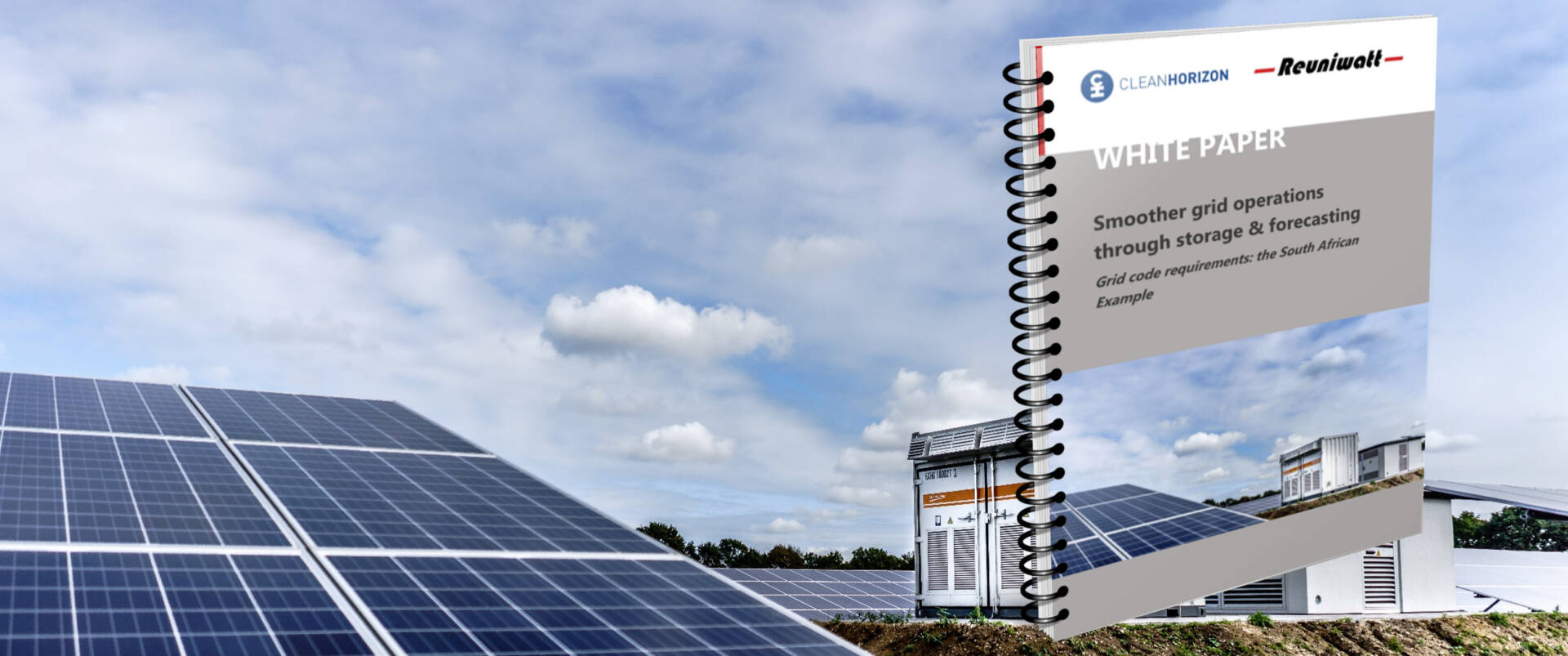In South Africa, Eskom’s electricity supply capacity could be best increased by promoting the diversity of energy sources in the generation. The Eskom Just Energy Transition Project will repurpose the Komati coal power station area with renewable energy and batteries, and create opportunities for local communities.
Shift in the South African energy sector
The Eskom Just Energy Transition Project (EJETP) will finance the decommissioning of the 1 GW Komati coal plant, which is over 56 years old. The last of the fossil-fired units at Komati reached its end of operational life in October 2022. Eskom’s power plant infrastructure requires an increase in the deployment of renewable energies
- to curb the emission of greenhouse gases: coal generation is still the main electrical power source with approximately 81.4% of the power fed into the grid
- to update the ageing and outdated generating fleet
- to reduce load shedding: the current power supply gap is estimated at 4-to-6 GW resulting in up to 10 hours load shedding daily
By 2030, South Africa plans to retire 12 GW of coal plants and add 18 GW of new wind and solar PV. As a part of this process, The World Bank has recently approved a $497 million concessional loan facility to Eskom for the repurposing of the Komati coal plant. The first phase of the project will include 150MW of photovoltaic and 70MW wind generating capacity, as well as a 150MW Battery Energy Storage System (BESS). Battery storage is seen as a tool for flexibility, benefitting the country’s national grid enabling a better power management, such as load levelling or peak demand reduction. Already in their Battery Storage Demonstration Program, Eskom aimed to demonstrate that BESS can be a viable tool to integrate more wind and solar and manage the intermittency of some sites.
Predictability: Forecasts as a complimentary tool
A complimentary tool to improve the efficiency and reliability of the electricity with a growing solar and wind capacity, is power forecasting the renewable energy generation. Solar and wind forecasting allows to fulfil several of the national grid operator’s objectives, such as high availability, stability and predictable power flow. Depending on the location, some grid codes already contain forecasting requirements, such as South Africa’s REIPPP 5 tender. Power controllability is made certain by pre-defined minimum and maximum ramp rates, which is why forecasts are essential to warrant compliance with these rules and avoid penalties. To learn more about the South African example and the essential role of grid code forecasting requirements for both, grid operators and power plant operators, download our latest white paper “Smoother grid operations through storage & forecasting – Grid code requirements: the South African Example”.
This white paper was co-authored by Clean Horizon, a French energy storage consultancy, which assists technology providers, integrators, and EPCs in understanding the main value streams for energy storage.
 About Reuniwatt (www.reuniwatt.com)
About Reuniwatt (www.reuniwatt.com)
Reuniwatt is a major player of the solar radiation and cloud cover assessment and solar and wind power forecasting. Based on solid Research and Development works, the company offers reliable products and services intended for professionals of various fields, making the best out of two key facets of the meteorology: atmospheric physics and data sciences. A particular focus has been placed on solar energy forecasting, while developing cutting edge solutions to improve the short-term prediction of the solar resource.
The company has won many grants, including H2020’s SME Phase 1 programme, which makes Reuniwatt a European Champion with regard to innovation. Reuniwatt has also been selected among the national fast-growing companies to join the prestigious French Tech 120 programme in 2020 and 2021, and the French Space Tour 2021

